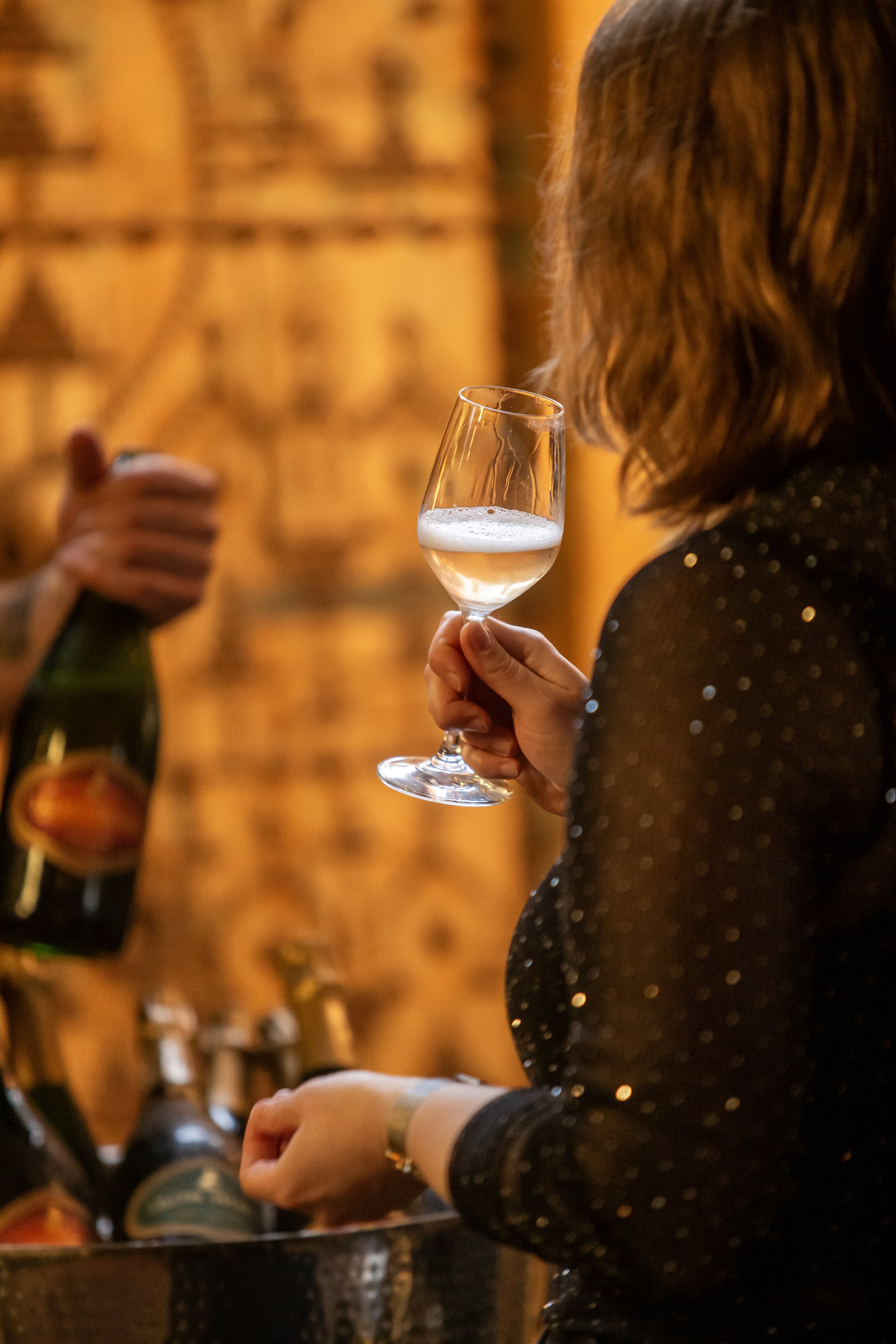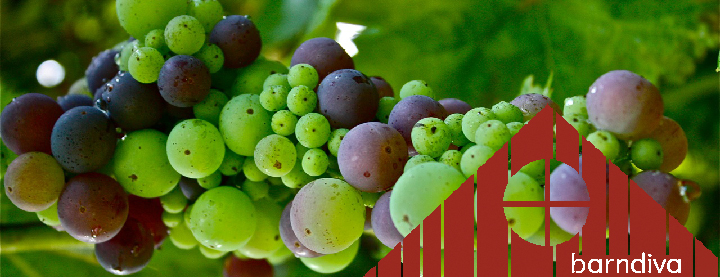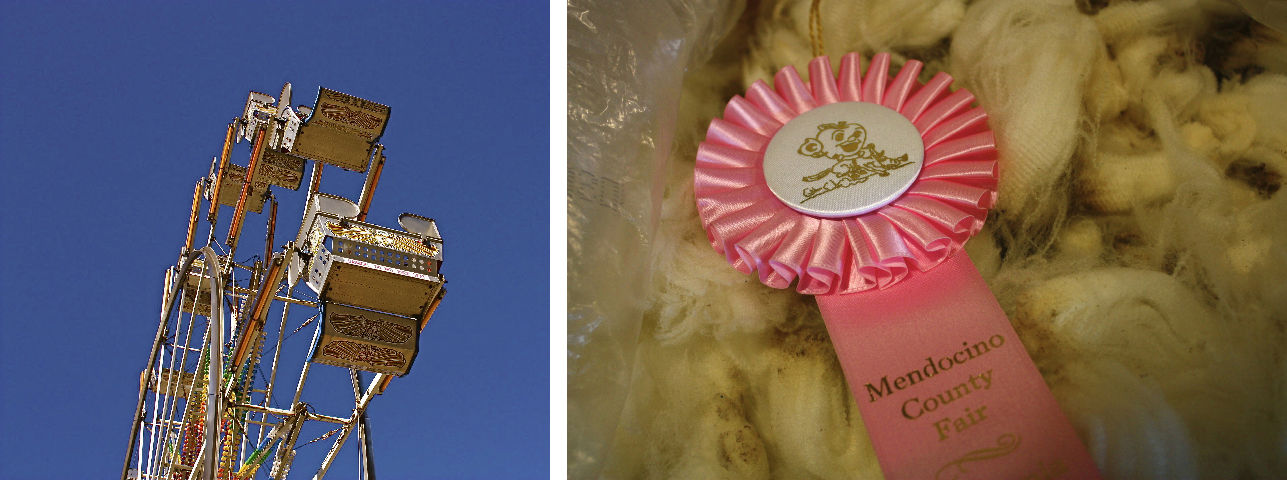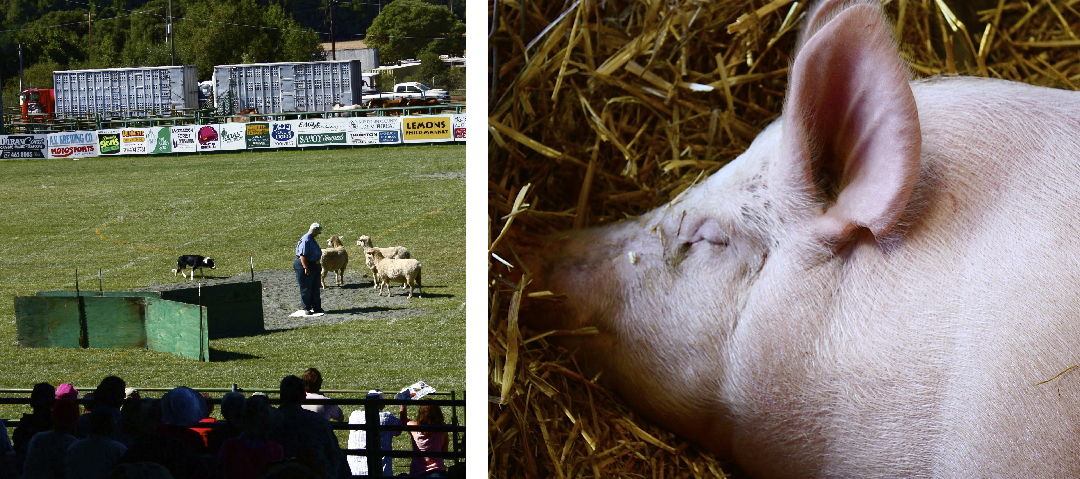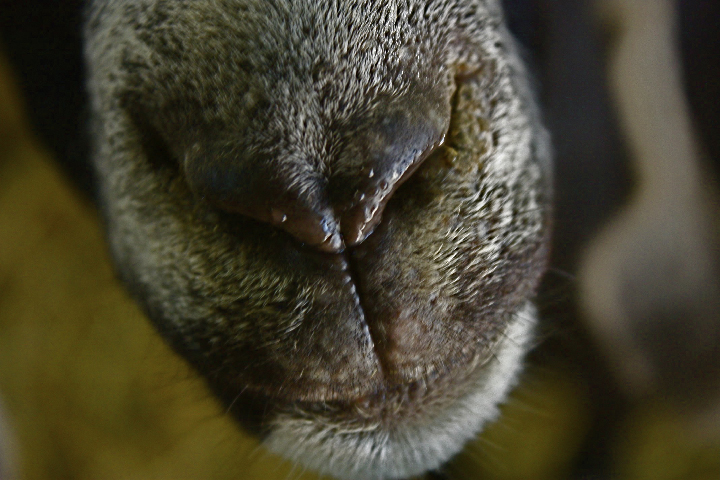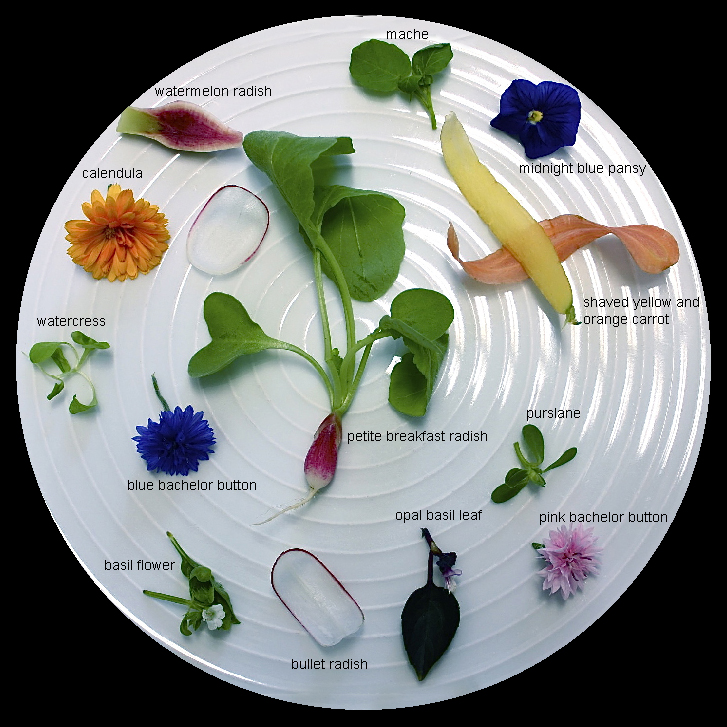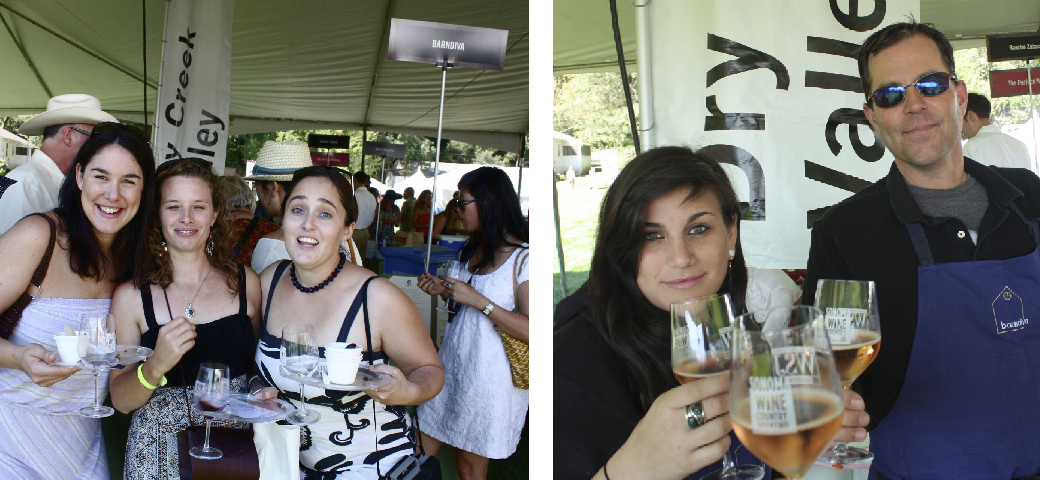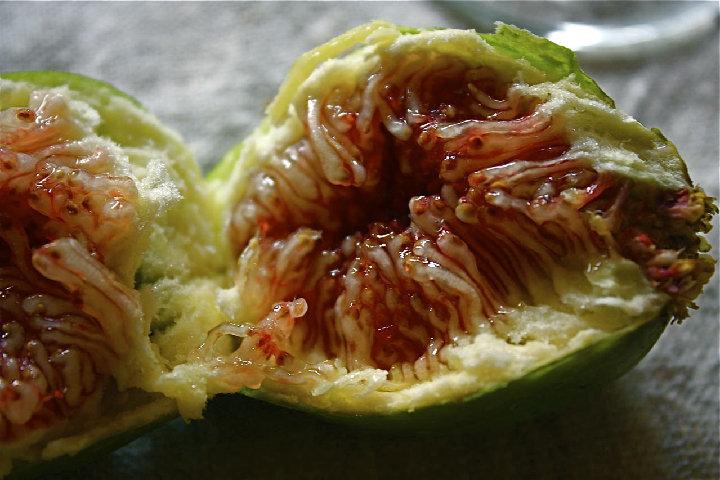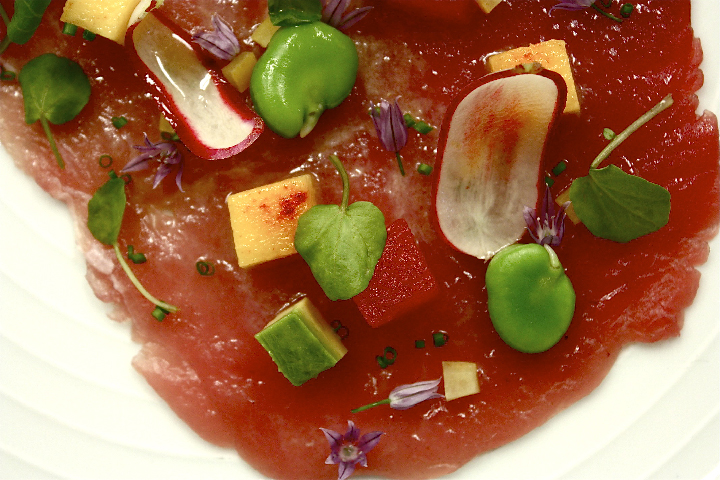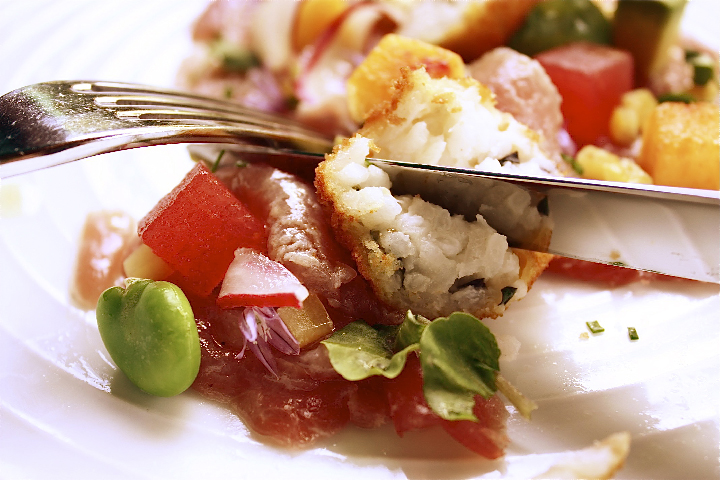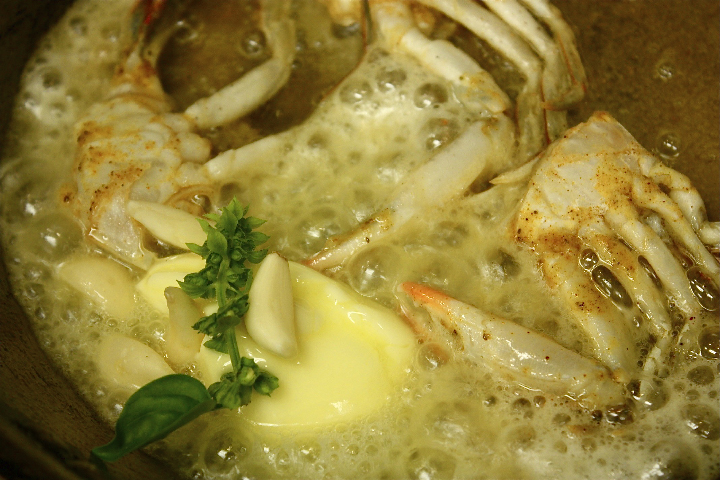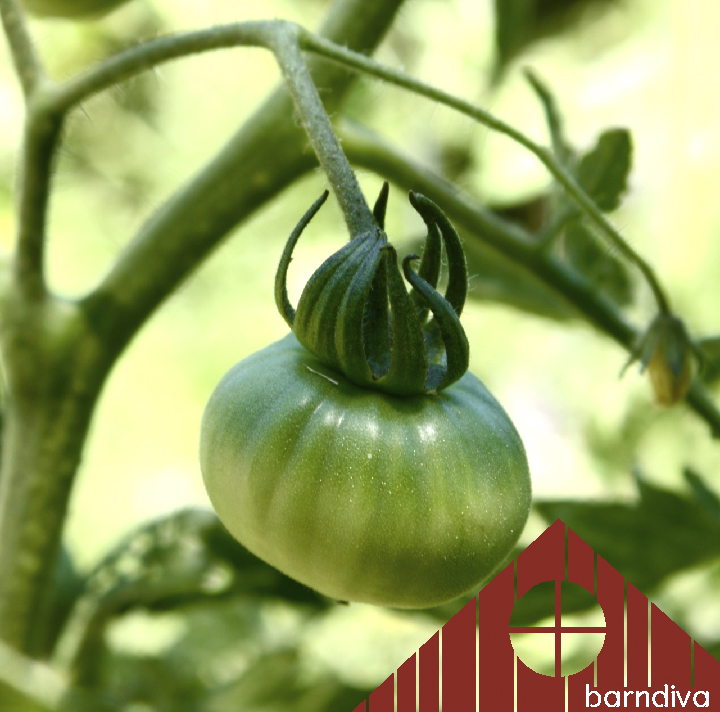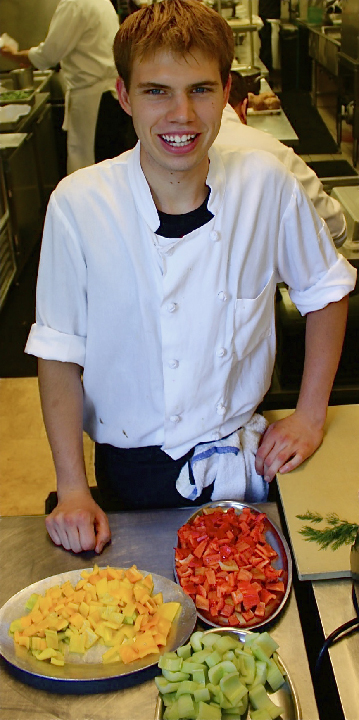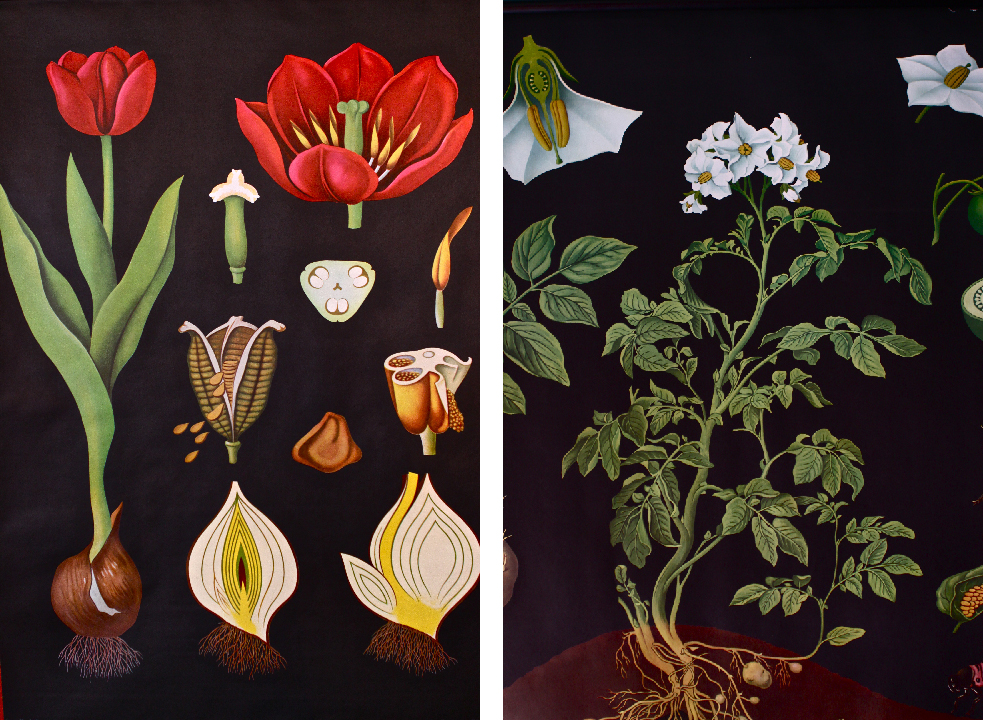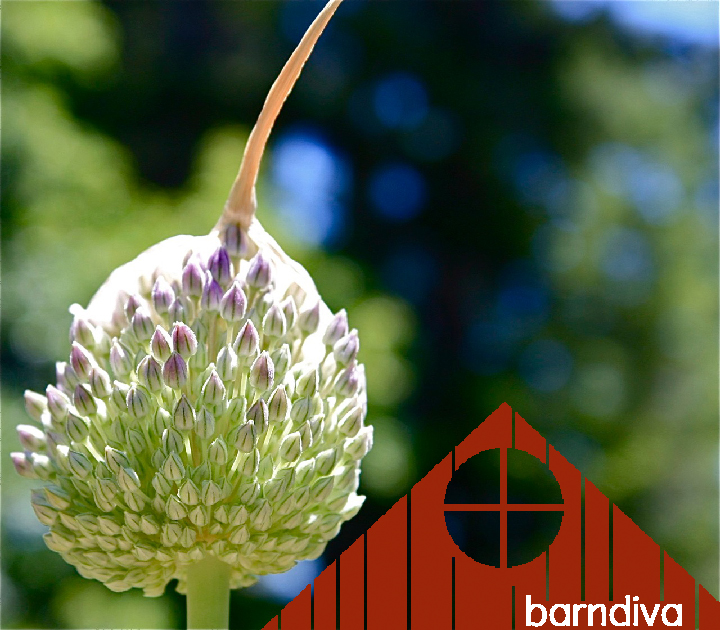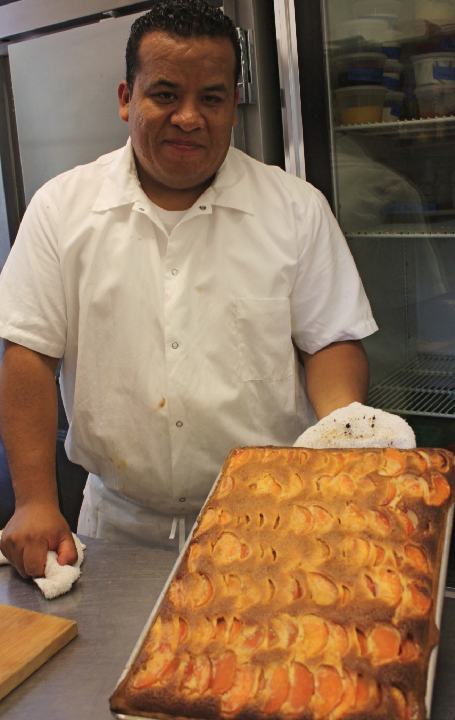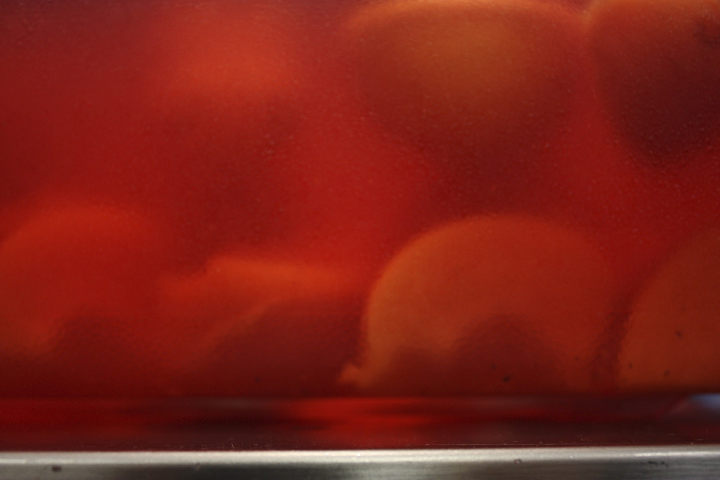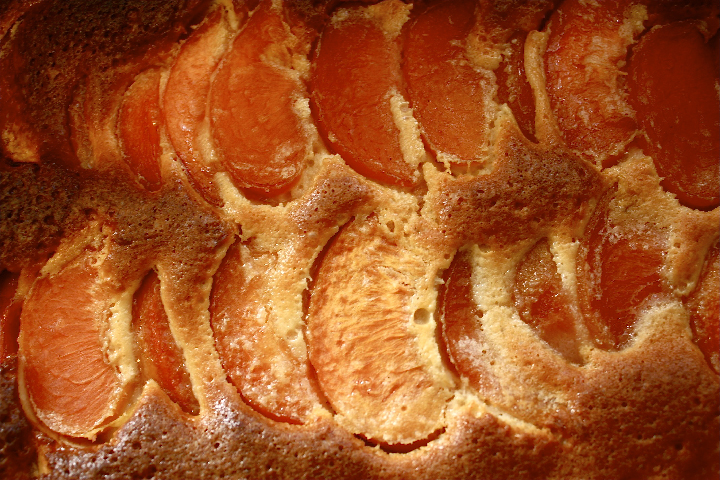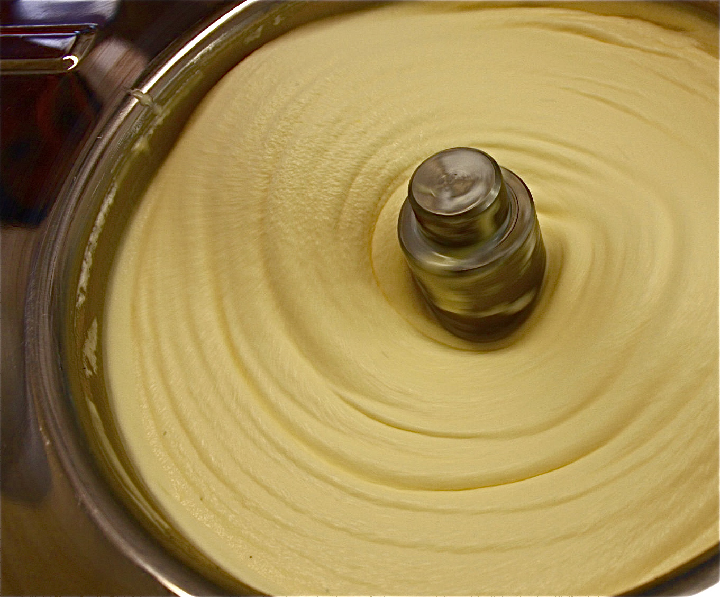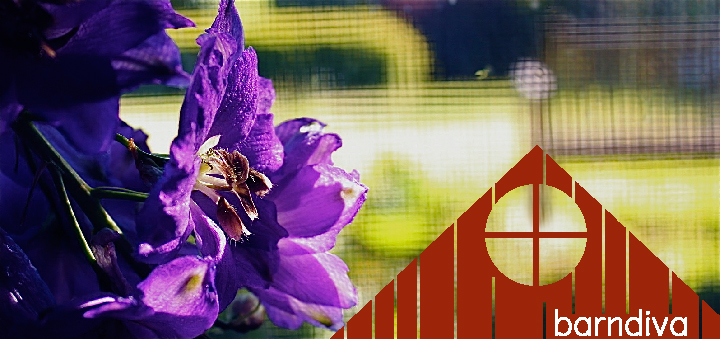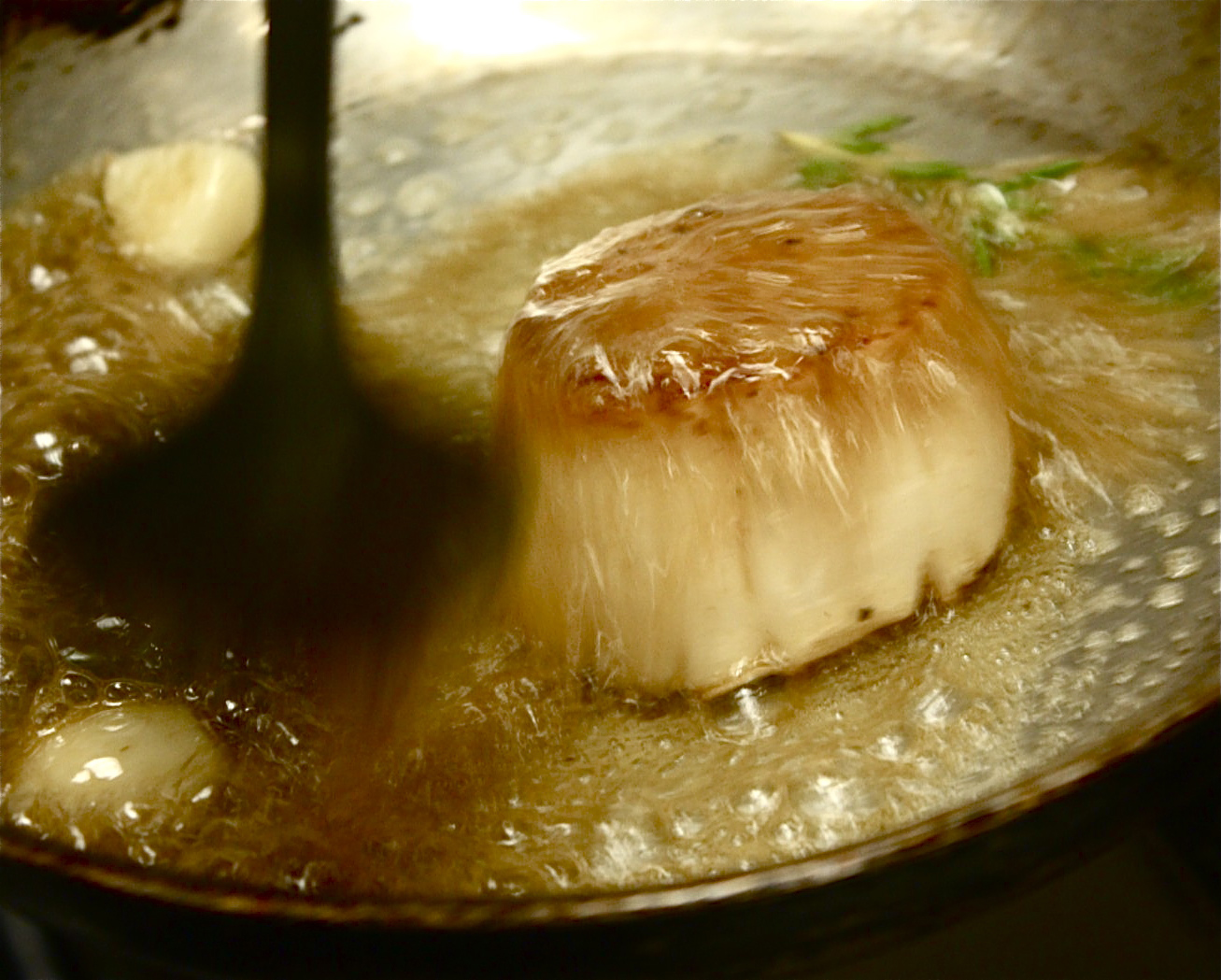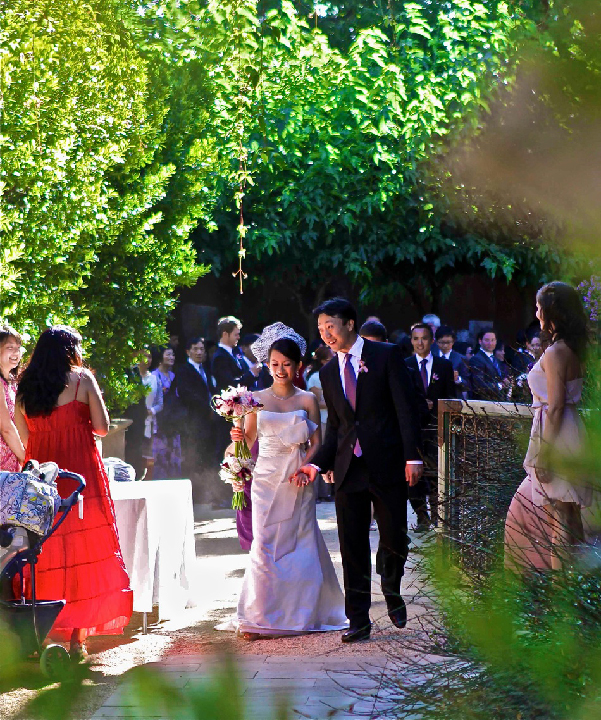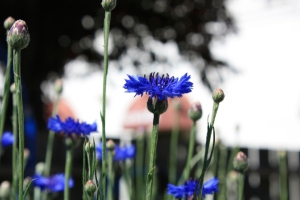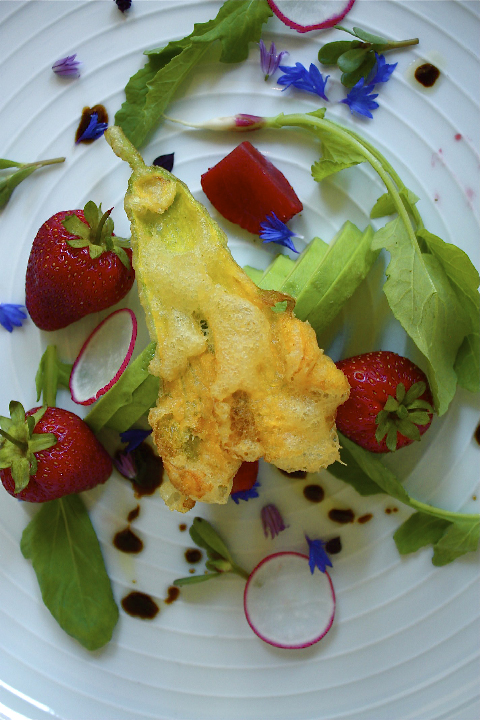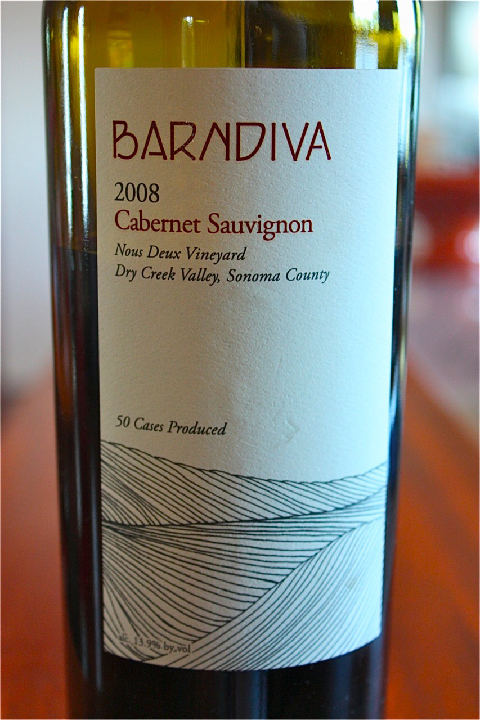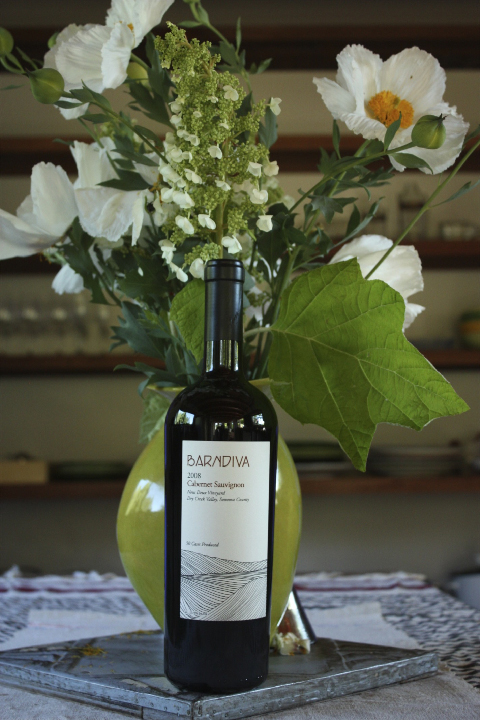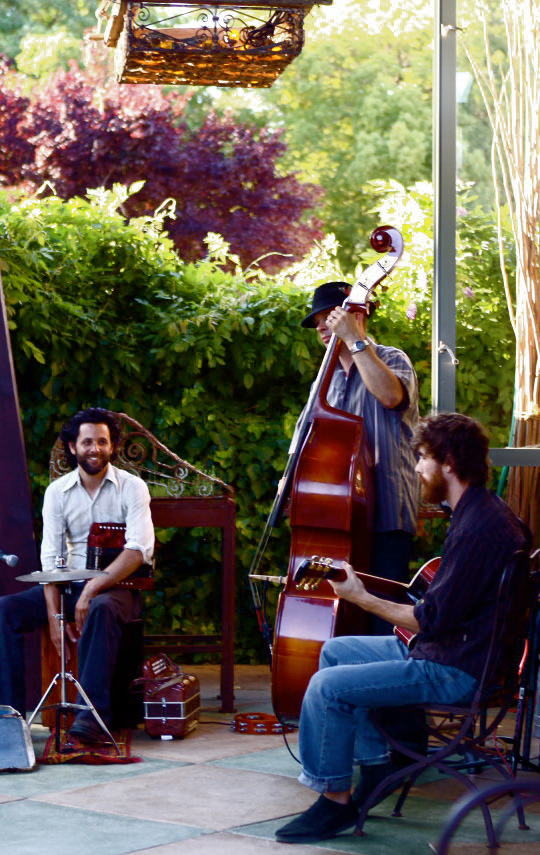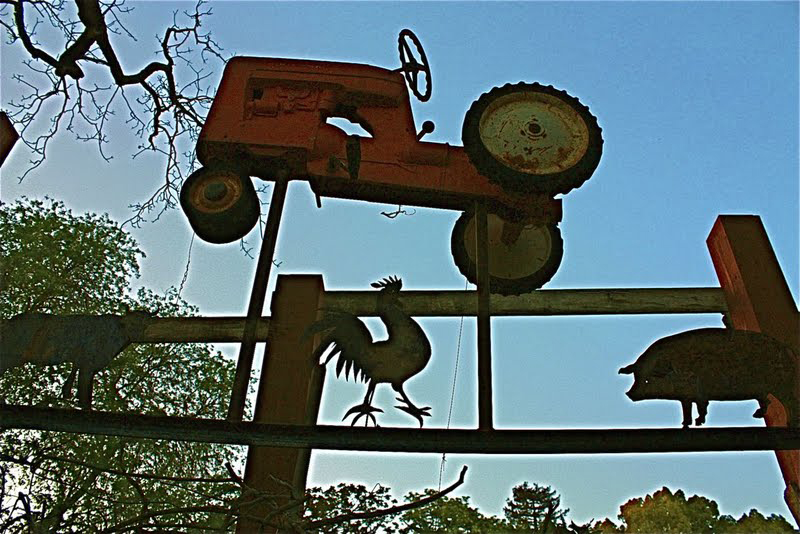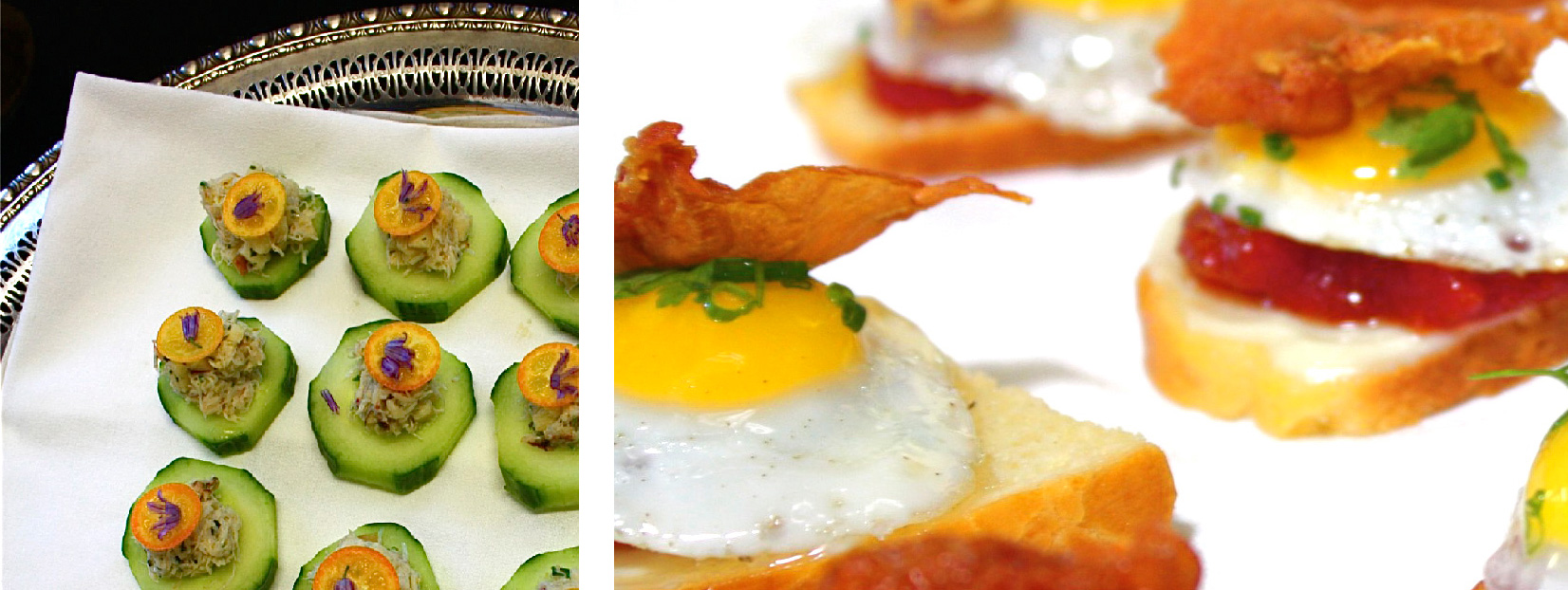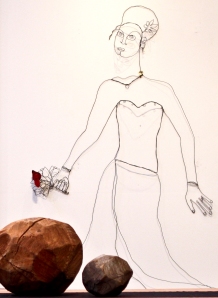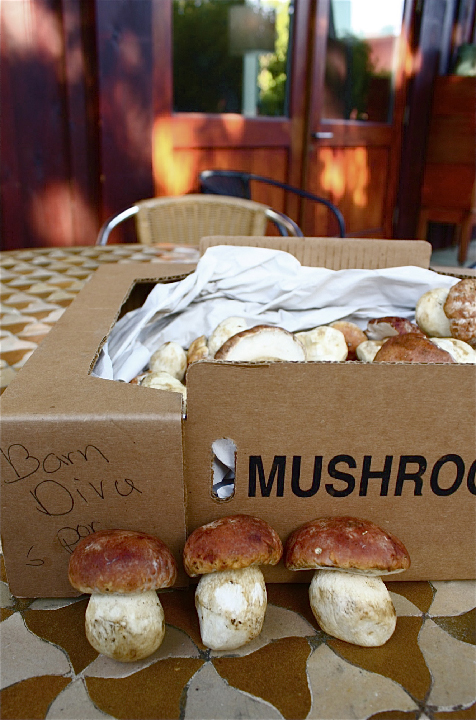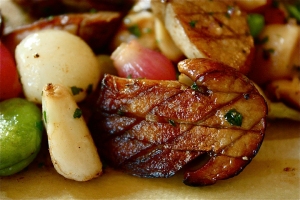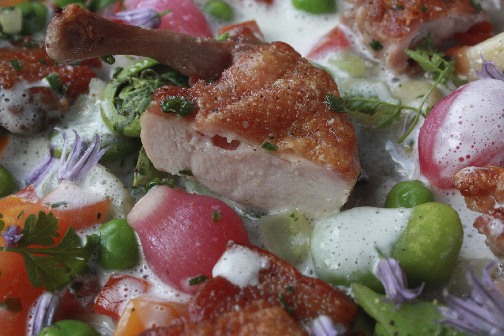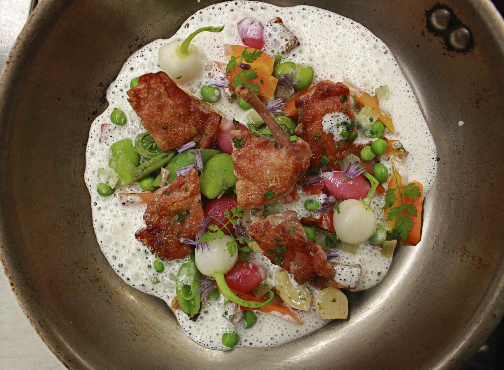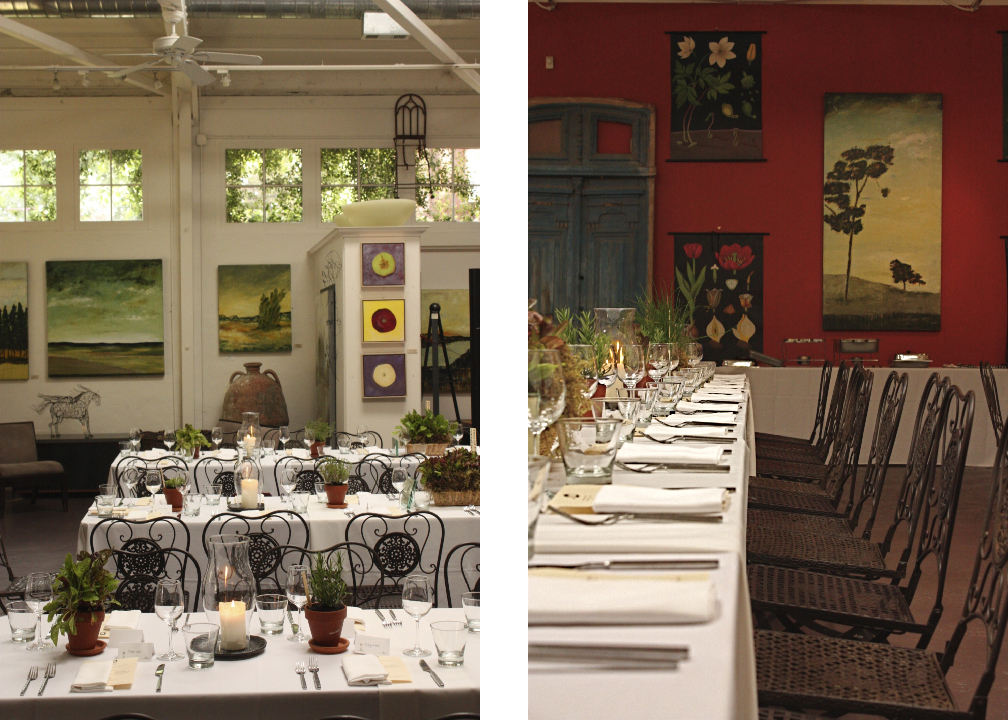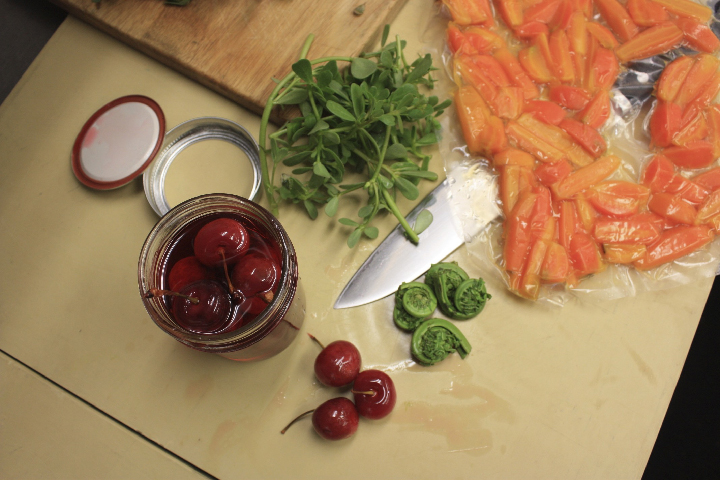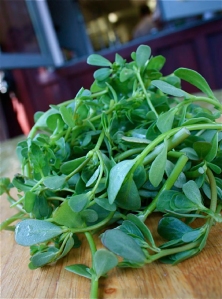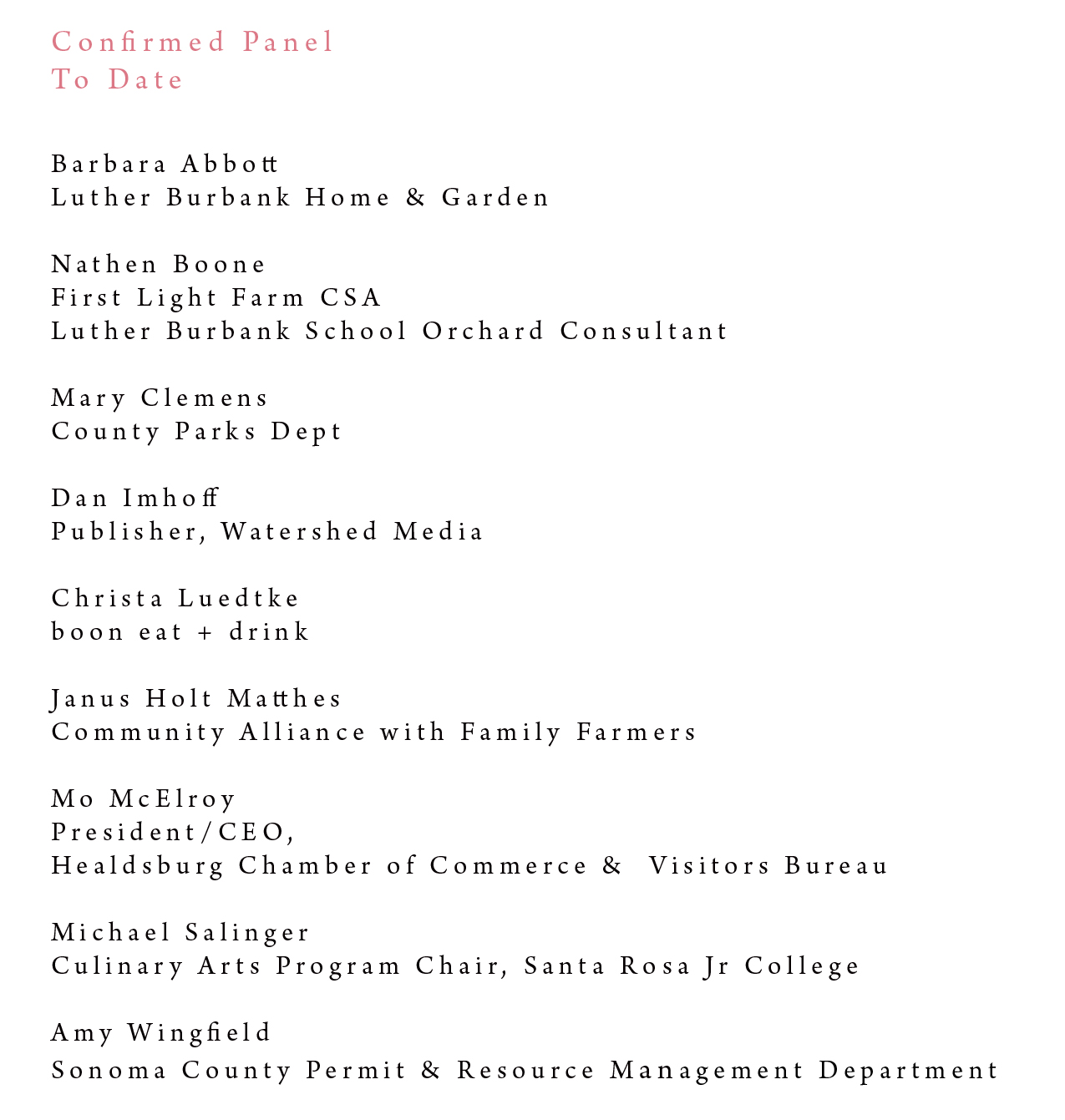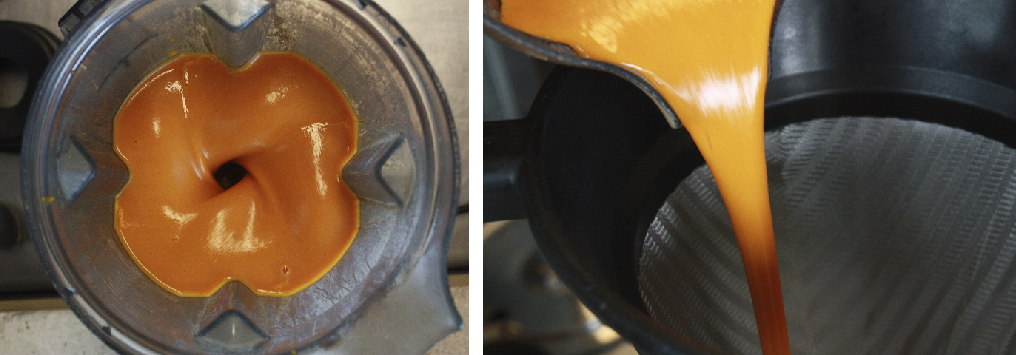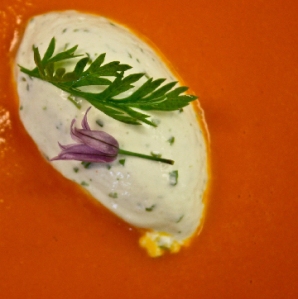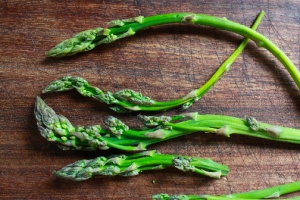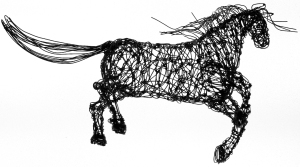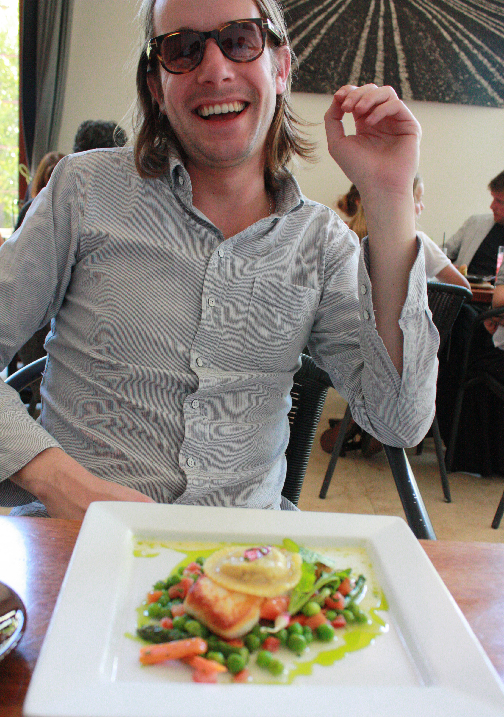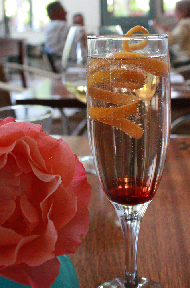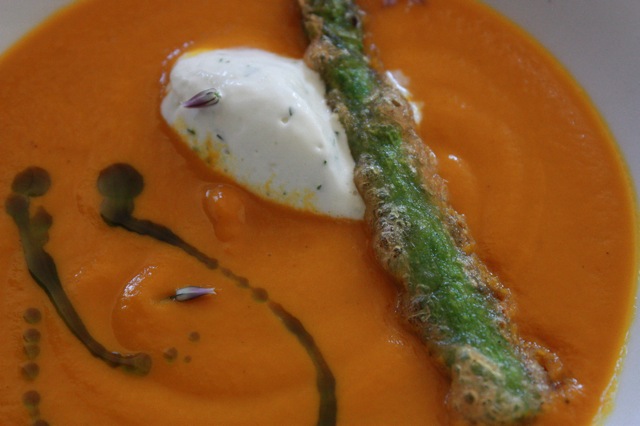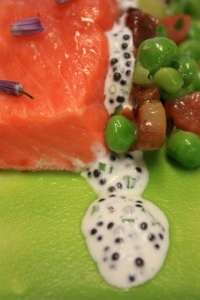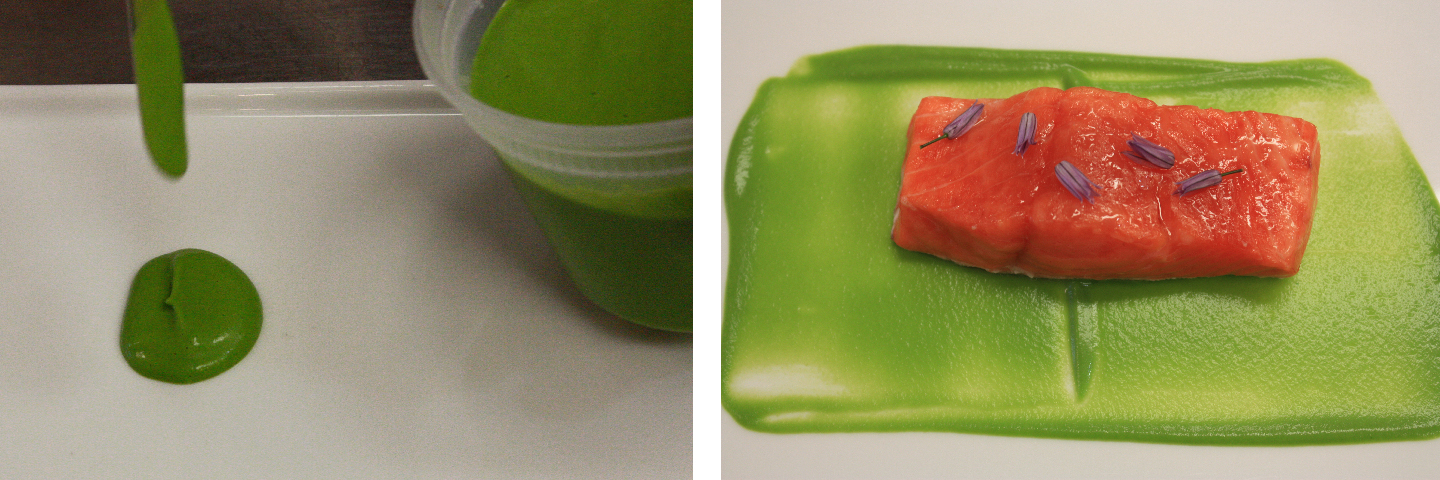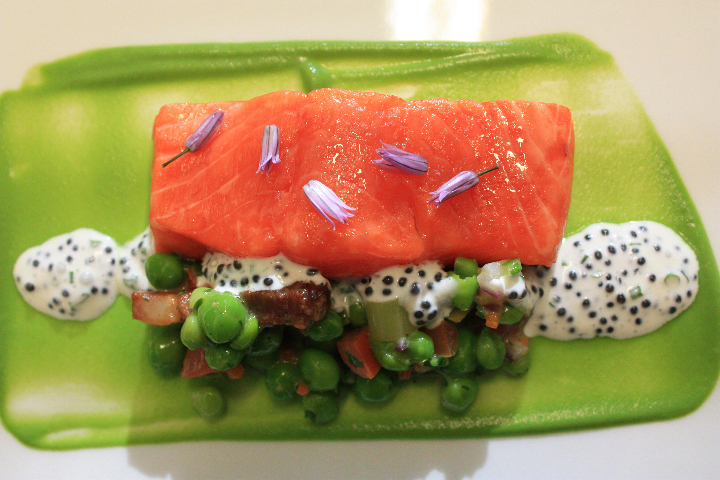Dish of the Week
White Wine Poached Pears with Chocolate Ganache, Coconut Sorbet & Graham Cracker Crumble
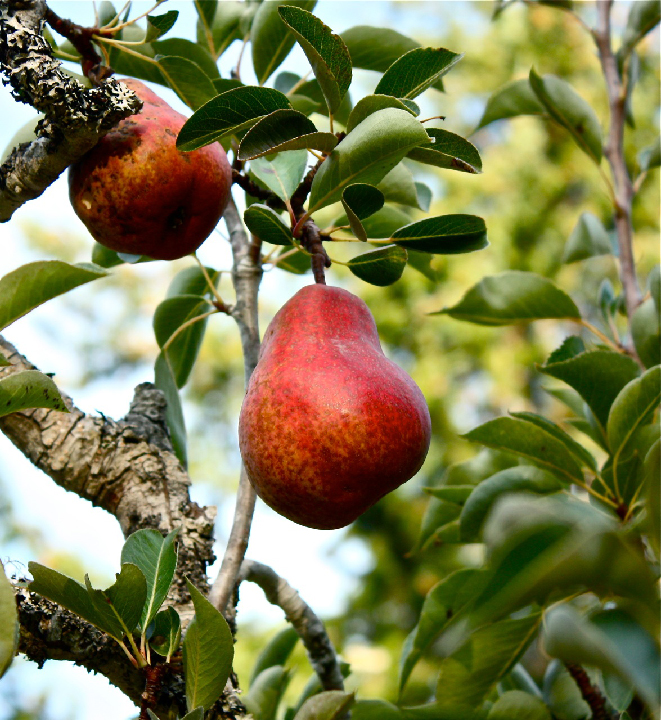 For as long as I can remember the Red Bartletts at our farm have fallen to the ground each year uneaten and unloved. Big and ungainly, they are a cooking variety so low in residual sugar even the bears ignore them. To make matters worse, unless you spray them in Spring before the green tip stage of flower bud development ~ which we never do ~ they are especially susceptible to something called Black Spot which, while harmless, looks as bad as it sounds.
For as long as I can remember the Red Bartletts at our farm have fallen to the ground each year uneaten and unloved. Big and ungainly, they are a cooking variety so low in residual sugar even the bears ignore them. To make matters worse, unless you spray them in Spring before the green tip stage of flower bud development ~ which we never do ~ they are especially susceptible to something called Black Spot which, while harmless, looks as bad as it sounds.
This year was different however ~ strange weather patterns in Spring left the Bartletts almost blemish free for the first time in memory; by September the pears had begun to turn a lovely deep russet, a beguiling color that caused me to wonder what had led the Cassinelli's to grant them in their own little orchard a few steps from the old house. The word 'heirloom' has great cache these days as we seek to re-discover the great variety of fruits and vegetables we once had access to, before corporate mega-farming interests hijacked control of the journey almost all our food takes from their "farms" to our plates. But not all heirlooms are inherently better in flavor then modern varieties. I was curious what a gifted modern pastry chef like Octavio would make of Victoria Cassinelli's pears.
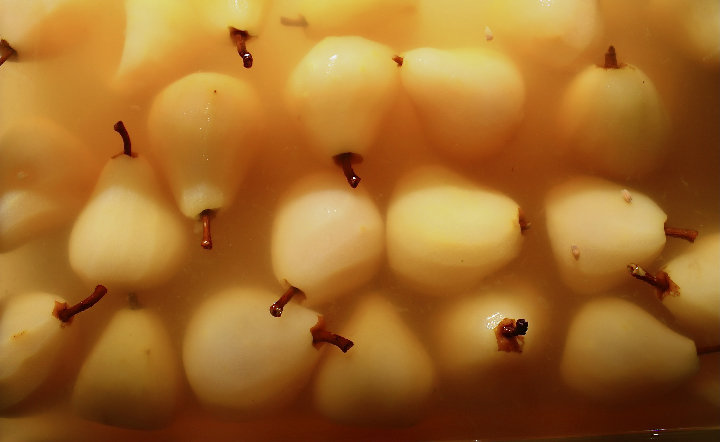 He liked them, as it turned out, but not exclusively for their flavor, which was mild and lightly floral. What he valued most was their size coupled with the fact that because they were bred to be "keepers" their dense flesh would take poaching extremely well, crucially in the way they absorbed liquid without sacrificing texture. A great poached pear takes on the flavors of the infusing liquid without losing its shape ~ softening just enough so a knife with a good edge could glide easily through the flesh.
He liked them, as it turned out, but not exclusively for their flavor, which was mild and lightly floral. What he valued most was their size coupled with the fact that because they were bred to be "keepers" their dense flesh would take poaching extremely well, crucially in the way they absorbed liquid without sacrificing texture. A great poached pear takes on the flavors of the infusing liquid without losing its shape ~ softening just enough so a knife with a good edge could glide easily through the flesh.
 The trick to ripening pears is to refrigerate them as soon as they are picked, 2-3 days, then let them finish ripening outside the box for a few more days. Once they are ripe they really need to go back into the fridge. So it was that five days after I brought them back from the farm Octavio peeled, cored, and poached our Bartletts in Sauternes, a great cooking wine with its own subtle floral attributes.
The trick to ripening pears is to refrigerate them as soon as they are picked, 2-3 days, then let them finish ripening outside the box for a few more days. Once they are ripe they really need to go back into the fridge. So it was that five days after I brought them back from the farm Octavio peeled, cored, and poached our Bartletts in Sauternes, a great cooking wine with its own subtle floral attributes.
After they cooled, the poached pears were filled with a lightly scented vanilla crème fraiche and chilled. To plate, the pear was placed over a disc of crushed candied walnuts around which Big O gently ladled a warm pool of dark chocolate ganache. The walnuts did more than provide a stabilizing base for the pear; their sweetness hid a surprising back-of-the-throat smoky tannin that worked brilliantly against the soft texture of fruit but complimented the rich liquidity of the 61% bittersweet chocolate.
 The final components of this elegant 'pared-down' dessert was a lovely coconut sorbet, cool respite to the chocolate, which sat on a small mound of crumbled house-made graham crackers. The comforting, old fashioned flavors of the cinnamon graham crackers brought the dessert full circle for me. I could imagine Victoria Cassinelli cooking up a storm in the old kitchen on a chilly day in late Fall, poaching pears for dessert, perhaps in the heavy red wine the family made from the grapes which before prohibition grew in abundance on the ridge. I wonder what she would have thought of all the steps Octavio had taken to create a modern dessert around her old Red Bartlett's. At the very least, I'm willing to bet it would have made her smile to see and taste how we’d re-discovered them.
The final components of this elegant 'pared-down' dessert was a lovely coconut sorbet, cool respite to the chocolate, which sat on a small mound of crumbled house-made graham crackers. The comforting, old fashioned flavors of the cinnamon graham crackers brought the dessert full circle for me. I could imagine Victoria Cassinelli cooking up a storm in the old kitchen on a chilly day in late Fall, poaching pears for dessert, perhaps in the heavy red wine the family made from the grapes which before prohibition grew in abundance on the ridge. I wonder what she would have thought of all the steps Octavio had taken to create a modern dessert around her old Red Bartlett's. At the very least, I'm willing to bet it would have made her smile to see and taste how we’d re-discovered them.
In the Gallery
 We rarely source pieces for the Gallery from catalogs but when this chair from Roost showed up in New York Magazine a few weeks ago on their 'design pick' page we fell in love with the way it looked, suspecting it was wonderfully comfortable as well.
We are always on the look-out for chairs that can live inside or out, so we got on the horn to Roost and snapped up the last six. Good news: our eyes did not deceive. They are beautifully made of washed and sanded bent bamboo with a sinuous line that cradles the body from the neck all the way down to the lower back. Called The Lanai, they have an unusual bulb out for the elbow. They are designed long in the seat, the better to support your legs. Color is a light blond which will darken with age.
We rarely source pieces for the Gallery from catalogs but when this chair from Roost showed up in New York Magazine a few weeks ago on their 'design pick' page we fell in love with the way it looked, suspecting it was wonderfully comfortable as well.
We are always on the look-out for chairs that can live inside or out, so we got on the horn to Roost and snapped up the last six. Good news: our eyes did not deceive. They are beautifully made of washed and sanded bent bamboo with a sinuous line that cradles the body from the neck all the way down to the lower back. Called The Lanai, they have an unusual bulb out for the elbow. They are designed long in the seat, the better to support your legs. Color is a light blond which will darken with age.
Not so good news: only four left.
The Roost Lanai indoor/outdoor lounge chair is $525.
And The Beautiful Weddings Continue...
Photos by Studio Barndiva Manager and photographer, Dawid Jaworski
Follow more Barndiva nuptials check out Style Me Pretty this week featuring Matt Edge's wonderful images...
All text Jil Hales. All photos Jil Hales and Dawid Jaworski (unless otherwise noted)

